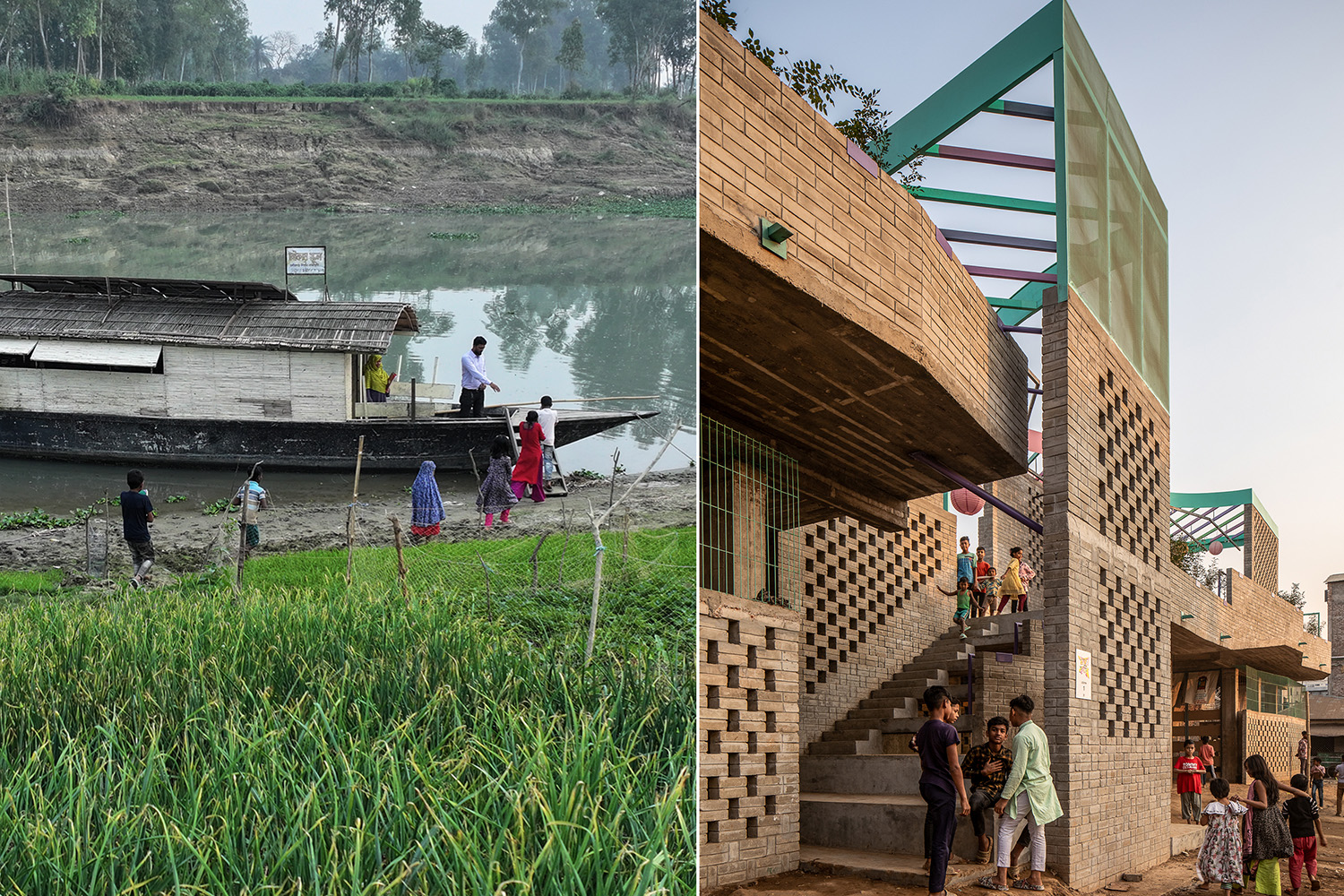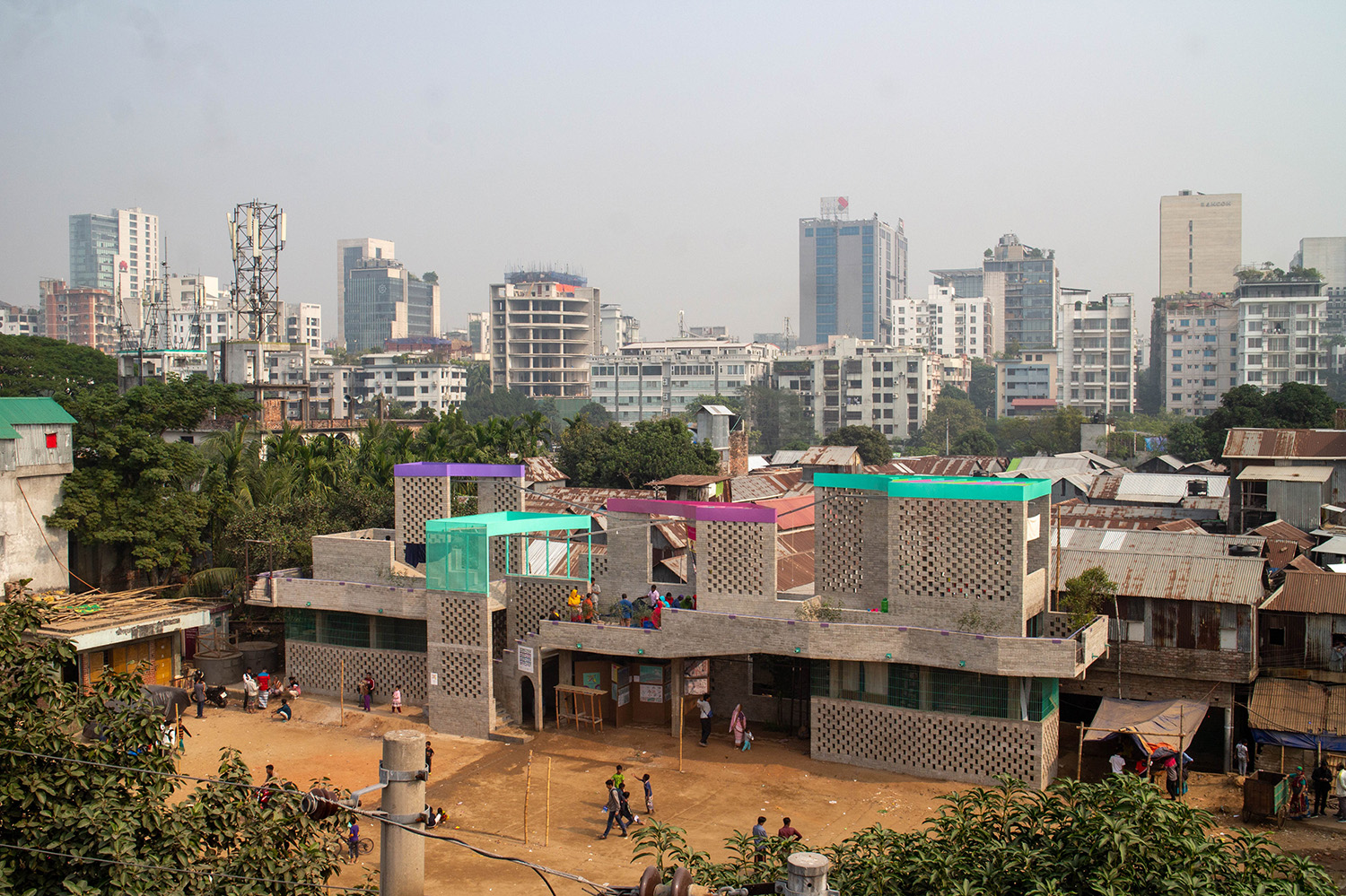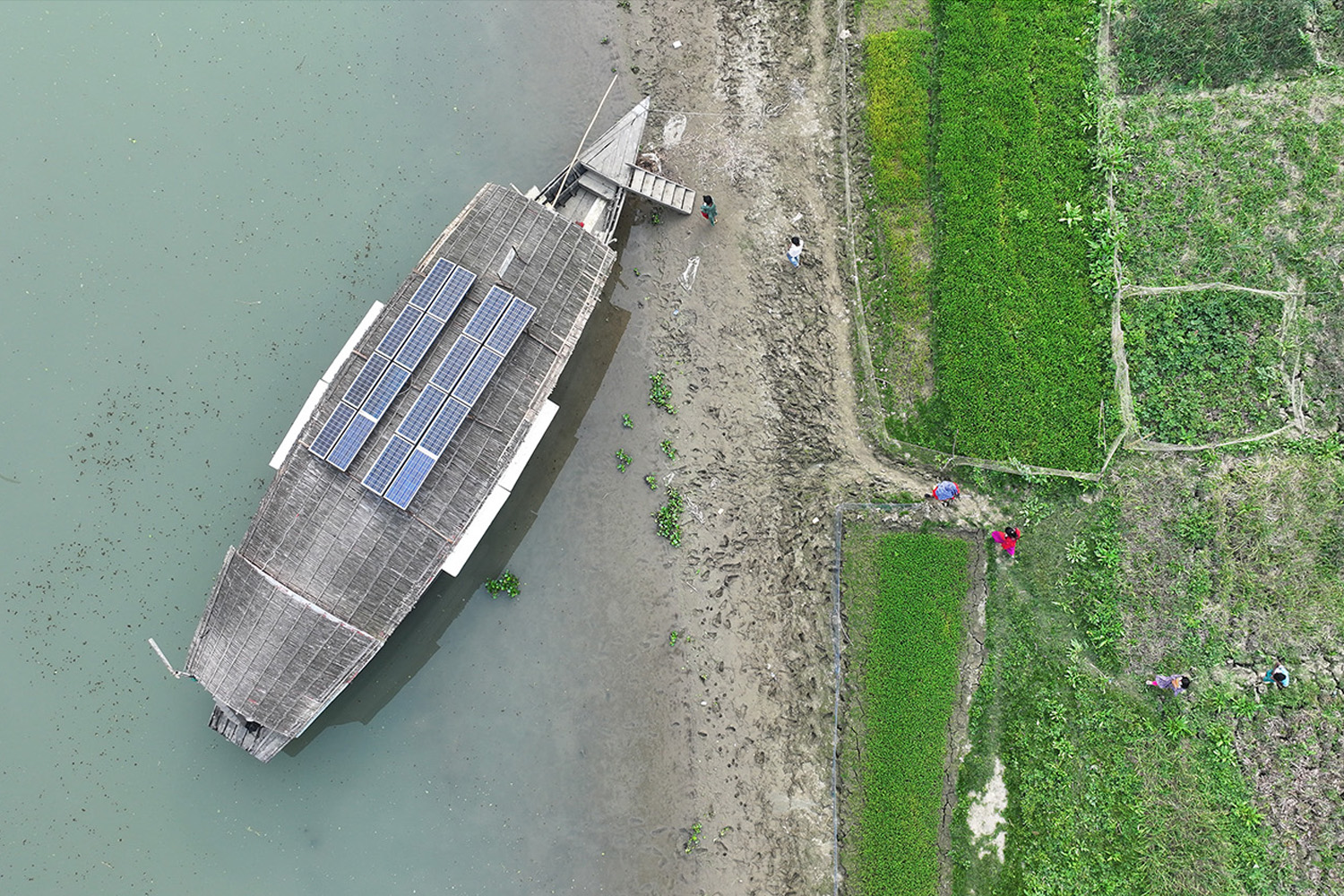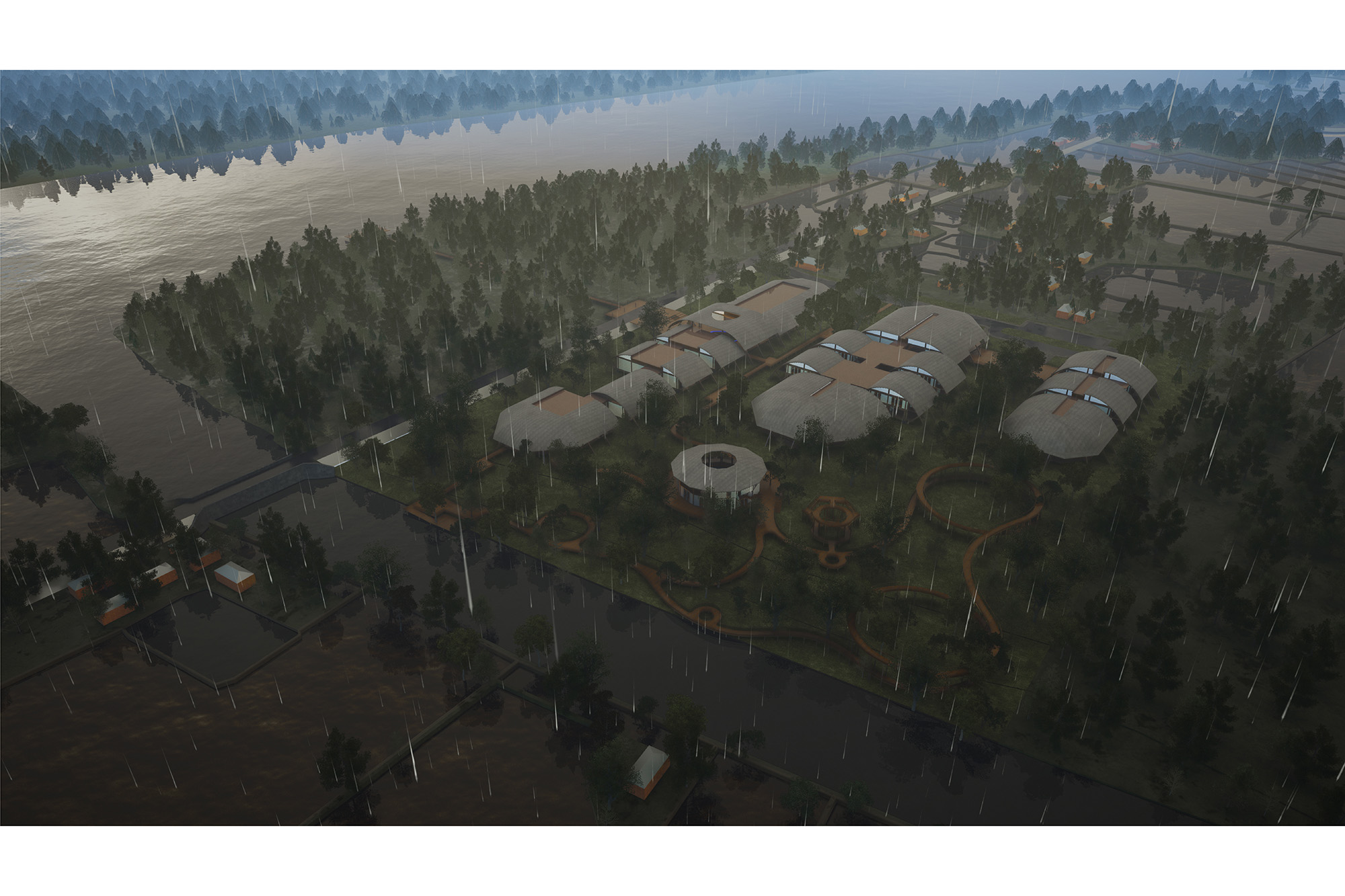Sylhet’s New Gateway: Osmani International Airport Reimagined

Airports are more than just points of transit; they are strategic Key Point Installations (KPIs) and the gateway to a city. For Sylhet, a city of immense natural beauty and global diaspora, the upgrade of Osmani International Airport is not merely an expansion but a critical infrastructure project designed to propel it into its future as a regional international hub. This new terminal directly addresses the pressing needs of growing air traffic while establishing a powerful architectural identity that is intrinsically and innovatively rooted in the essence of Sylhet itself.



Located 15 kilometers north of the city center, the new Osmani International Airport terminal is positioned within a rapidly developing commercial corridor. This upgrade is essential to accommodate increasing passenger volumes, support economic expansion, and solidify Sylhet’s status as a key international connection point. The project transcends mere functionality; it is conceived as a catalyst, designed to handle future growth while stimulating the local economy through its integrated public spaces, retail, and hospitality offerings.



Moving beyond conventional, monolithic airport design, the terminal introduces a profoundly innovative approach by architecturally reviving the site’s lost natural character. The design rationale is restorative, seeking to harmonize a massive infrastructural volume with the region’s iconic topography of undulating hillocks, or ‘tilas’, and its world-renowned tea gardens. The terminal’s layout demonstrates an intuitive, passenger-centric circulation, organized across multiple levels that seamlessly integrate the landscape into the travel experience.

The most striking feature is the vast, undulating super-roof. Clad in standing seam metal, it mimics the organic rise and fall of the Sylheti landscape. This is not just an aesthetic gesture; it creates a cohesive and memorable identity, making the building itself a landmark that speaks of its place. The building’s structural system is defined by tree-like columns. This innovative design move is directly inspired by Sylhet’s rich heritage of tea cultivation, merging powerful symbolism with critical structural functionality. These columns transform the interior into a metaphorical plantation, blurring the lines between the built environment and the natural world.

The journey begins on the first floor in a multi-tiered arrival hall that overlooks interior tea gardens and zen gardens, immediately immersing travelers in a serene, uniquely Sylheti ambiance. The basement level, which is carved through an artificial hillock, houses the immigration and customs hall. Passengers then emerge into a stunning sunken courtyard—the official meet-and-greet area. This innovative space, bathed in natural light and open to the sky, functions as a vibrant public square with retail and amenities, fostering social interaction and transforming the arrival sequence into a destination in itself.



The departure hall on the second floor is designed for clarity and efficiency. It is directly connected to the site entrance via a pedestrian skywalk, enhancing public accessibility and integrating the terminal with the city’s fabric. From here, passengers ascend to the third-floor immigration level, traversing one of two aerial bridges that offer dramatic views over the central “tea garden spine.” This carefully choreographed ascent builds a sense of occasion, connecting the landside to the airside through a landscape-inspired core.


In conclusion, the proposed terminal building for Osmani International Airport is a landmark project of profound significance. It is designed to meet future demands and establish Sylhet as a regional hub. Its true innovation, however, lies in its design rationale—a holistic approach where architecture, landscape, and cultural identity are fused into a single, cohesive experience. This is not an airport imposed upon the city, but one that grows from it. It demonstrates that a high-functioning international gateway can also be a deeply contextual, accessible, and inspiring public space that truly caters to its most important audience: the people of Sylhet and its visitors from around the world.





